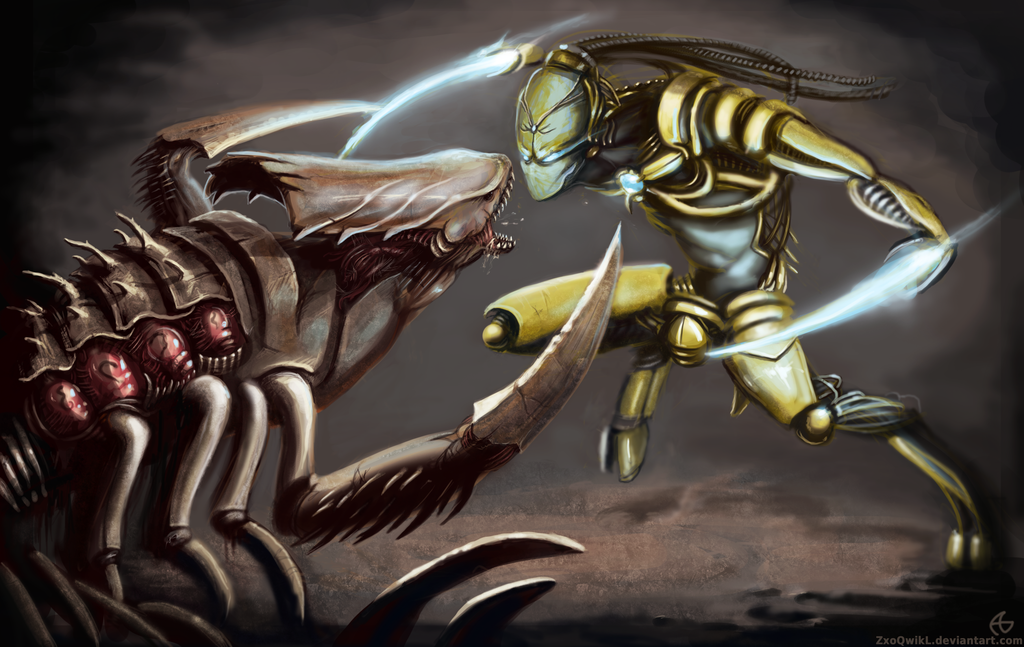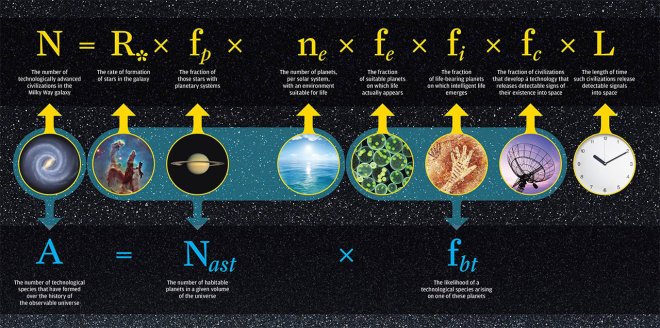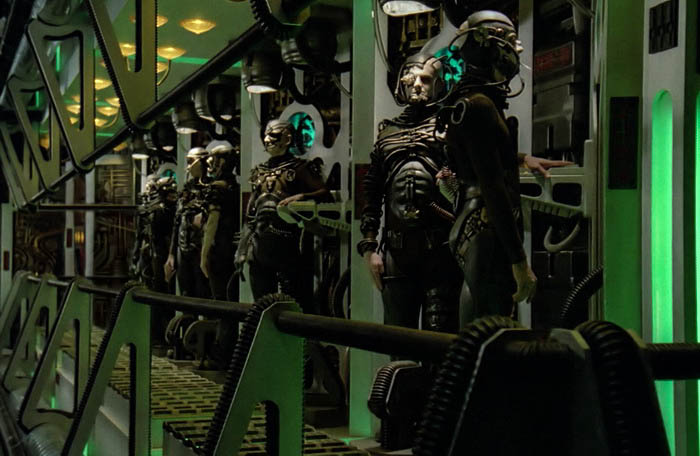I

n Astro 2110, we have looked at every from the birth of the universe to possibility of life outside of our own solar system. It has been an interesting journey, and since this class is coming to end I figure we take a moment to look at how the universe itself will die. Like all good things, the universe itself will eventually end.
The Big Freeze and Big Rip are two of the most widely believed theories of the universe’s demise and both rely on dark energy to explain the end of all things. Dark energy is not well understood by scientists, but it is believed to be causing the universe’ rate of expansion to accelerate over time. This accelerating expansions in the crux of both the he Big Freeze and Rip models. In the Big Freeze model, the universe will expand ever larger and eventually it will reach a point of maximum entropy where nothing can happened at all. There’s finite amount of energy in the universe and will be evenly spread out across the massive cosmos. Every star will have died and even black holes will have evaporated. The Big Rip takes the same model of expansion but draws a different conclusion. As space expands, the space between galaxies expands as well. Eventually, the universe will reach a point where it is accelerating so fast that individual atoms are ripped apart. The universe will devolve into a sea of forever separate particles. Both of these models foretell a universe that will eventually be dead forever, but there’s another model that predicts death but then resurrection.
Finally, let’s take a look at the Big Crunch. This theory relies on the idea that dark energy will eventually be overpowered by the force of gravity, and the universe will begin to contract. As contraction begins, the universe will shrink and become hotter and hotter until it reverts into a single point. The universe is destroyed, but some believe a second big bang would occur in this situation, essentially rebooting the universe and creating another chance for life. All of these theories about the universe’ end result in the annihilation of everything we know, but at least the Big Crunch theory gives hope that something could rise from the ashes.







